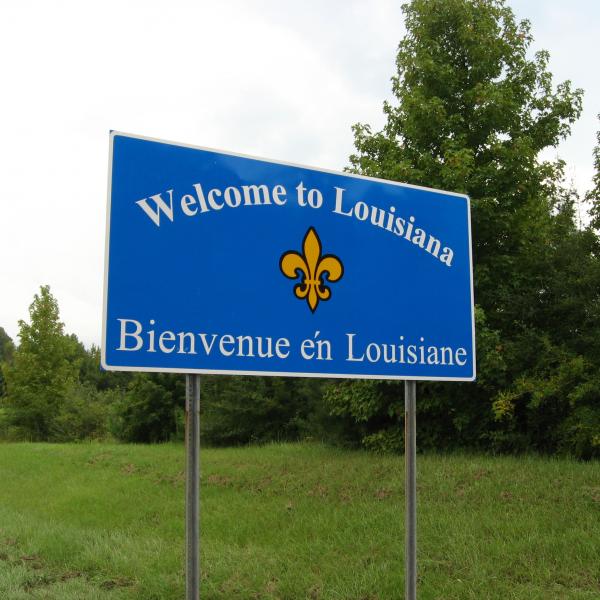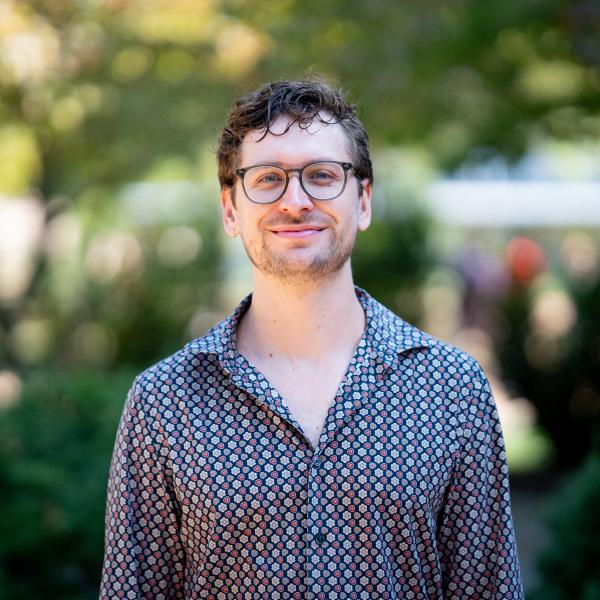I would like to humbly disagree with Ashley Kahn with a statement he made in his article, “The House the Trane Built”. On page one, in attempt to pay homage to the great jazz artists of the sixties, he makes the following statement, “But Impulse did so much more than reflect a revolutionary time. It fit perfectly into the golden age of jazz, that brief window from the late fifties to the seventies when more jazz players than ever before (or since) were alive and active, representing every era of the tradition”. I agree with everything in this statement except for two words, “or since”.
When I read that statement I was flabbergasted. Jazz is huge right now if you know where to look for it. After reading this, the first thing I did was check the date of the article to see if it was old, but it was only written in 2006. I will make a case for my disagreement.
First, there is more jazz education in American public and private schools than ever before. There were at least two readings we have had so far that begged for jazz to be taught in schools to aid in its survival. I will speak to Washington State, but it is only an indicator of states throughout the country. In many middle or junior high schools around the state, jazz is taught in school. Some are classes and some are clubs. In almost every high school in the state jazz is taught as a class (a few have clubs). There are three major universities that have degrees in jazz studies; The University of Washington, Central Washington University and The University of Idaho (ok, it isn’t in Washington but it is 5 miles inside the Idaho border! I should also mention North Texas State University, which has one of the premier jazz programs in the country).
High school and junior high jazz festivals occur throughout the state and west coast where there is not only an emphasis on performance and winning, but on assessment and improvement via a clinic by a professional jazz musician or educator to help those school ensembles improve and understand jazz even more. Many of these festivals are sponsored by universities and are super-regional, such as the Lionel Hampton Jazz Festival in Moscow, ID and the Reno Jazz Festival. Both of these festivals attract schools from around the country. Furthermore, under the direction of Winton Marsalis, the Essentially Ellington Jazz Competition highlights the top fifteen high school jazz ensembles from around the country in this annual event in New York. At the risk of sounding like I am bragging, a Seattle area school usually wins! (I did say I was focusing on Washington schools).
Second, small and large jazz ensembles are flourishing throughout the country with an increasing number of venues for these groups to perform both original charts and covers of jazz standards. Seattle has three major jazz venues; Jazz Alley; Tulla’s and The Triple Door. Some of these bring in name acts in the jazz world, but all three regularly feature Seattle area jazz bands and combos and also give high school groups a venue to perform. I even know of several restaurants that feature live jazz on weekends in their bars and lounges. We have even seen this in evidence here with the Thursday night jazz concerts on campus and the Jazz at the Bistro series.
Finally, the author is clearly disregarding the current crop of established and emerging jazz artists around the country, who play in “every era of the tradition” but who are also forging into new areas of jazz. One of the most progressive jazz writers I can think of right now is Maris Schneider and her jazz orchestra. Her music is stretching the bounds of what jazz is and also has a deeply spiritual element to her music (don’t worry, it is also very melodic and easy to identify a melody).
Interested? Check it out! Jazz is alive and well in the good ‘ol US of A.
-- Eric Lucas



